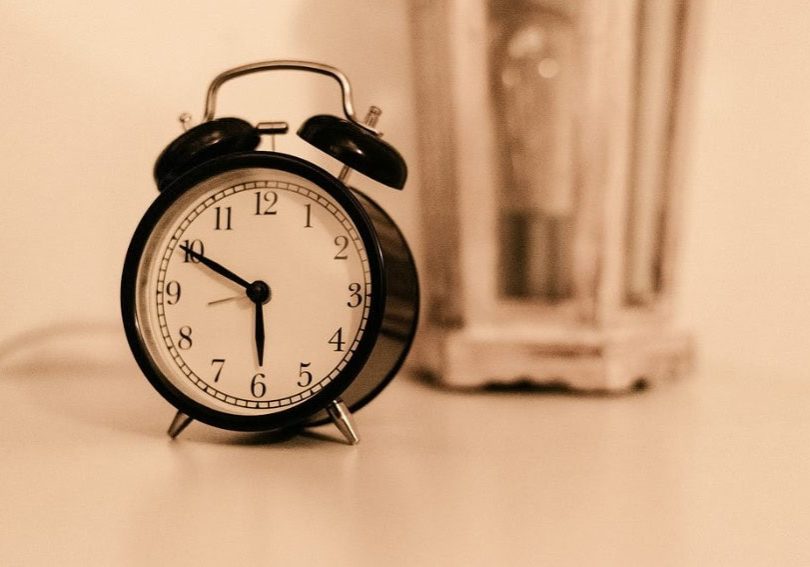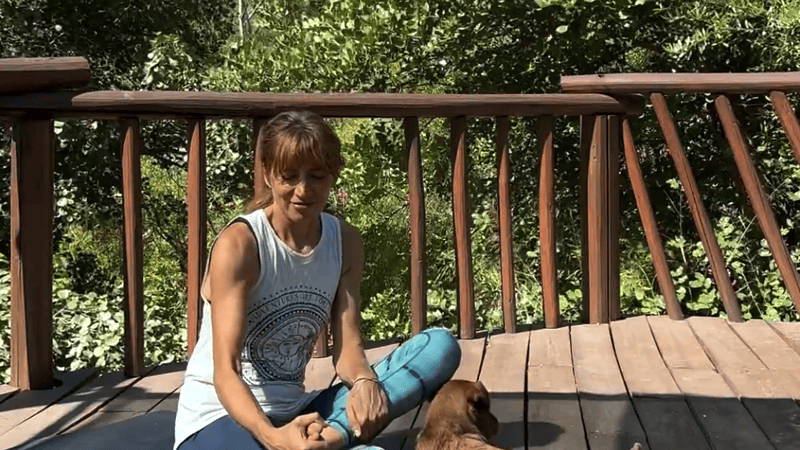
How to Easily Adjust to Daylight Saving Time Change in the Spring
Do you feel tired and groggy after changing your clock? You are not alone.
Reading time: 2 minutes
Daylight Saving Time (DST) is a yearly tradition in which we set our clocks forward by one hour between March and November. The period between October and March is considered the standard time. DST aims to increase sunlight in the evening by “saving” natural light.
Changing the clock by one hour may not seem like an extreme change, but changing our regular schedule by only one hour can significantly change our lives, especially in March when we “spring” forward because we have to wake up an hour earlier. DST can also increase cardiovascular diseases, mental and behavioural disorders, and immune-related diseases.
Changing our sleep schedule by one hour disrupts our circadian rhythms because it takes time for our bodies to adjust to the natural cycles of light and dark. It can take people a week or more to adjust to the one-hour change. Here are some tips to make the DST change easier on your mind and body.
-
Gradually adjust your sleep schedule
When you suddenly have to wake up an hour early for work or school, it can shock your body. To make the transition easier, you can set your alarm 15 to 20 minutes earlier a couple of days before the time change. You can make the DST transition smoother if you start going to bed earlier and waking up earlier a couple of days or weeks before 30 March, when it begins.
-
Expose yourself to morning sunlight after waking up
The natural light and dark cycle signal your body to wake up and sleep. When you expose yourself to the morning sun, the light entering your eyes (through the retina) signals to your brain (the hypothalamus) that it is wake-up time and synchronises your biological rhythm with the circadian rhythm, making you feel more alert and energetic. Aligning your body to light and dark also helps your body naturally make melatonin (sleep hormone) a couple of hours after sunset to help you sleep on time.
Practical strategies to help your body adjust quickly and naturally.
-
Avoid television and phones before bed
Many people might have recommended putting your phones away a couple of hours before bedtime because of how it influences our sleep quality. The circadian rhythm regulates the release of melatonin and increases its production when it is dark, making us sleepier than when we are exposed to natural light. When we watch television or on our phones at night, the blue light from the devices tricks our brains into thinking it is still light out and suppresses melatonin production. This makes it harder to fall asleep afterward, and that is why we wake up tired the next morning.
-
Be kind and patient with yourself
It takes time for your mind and body to adjust to any change, so be patient with yourself when you are trying to change your sleep-wake cycle. We experience jet lag when travelling across time zones because the shift in circadian rhythms affects our natural rhythms, similar to DST. Start small and give yourself time to adjust, so it is helpful to change little habits a couple of weeks before the time changes.







